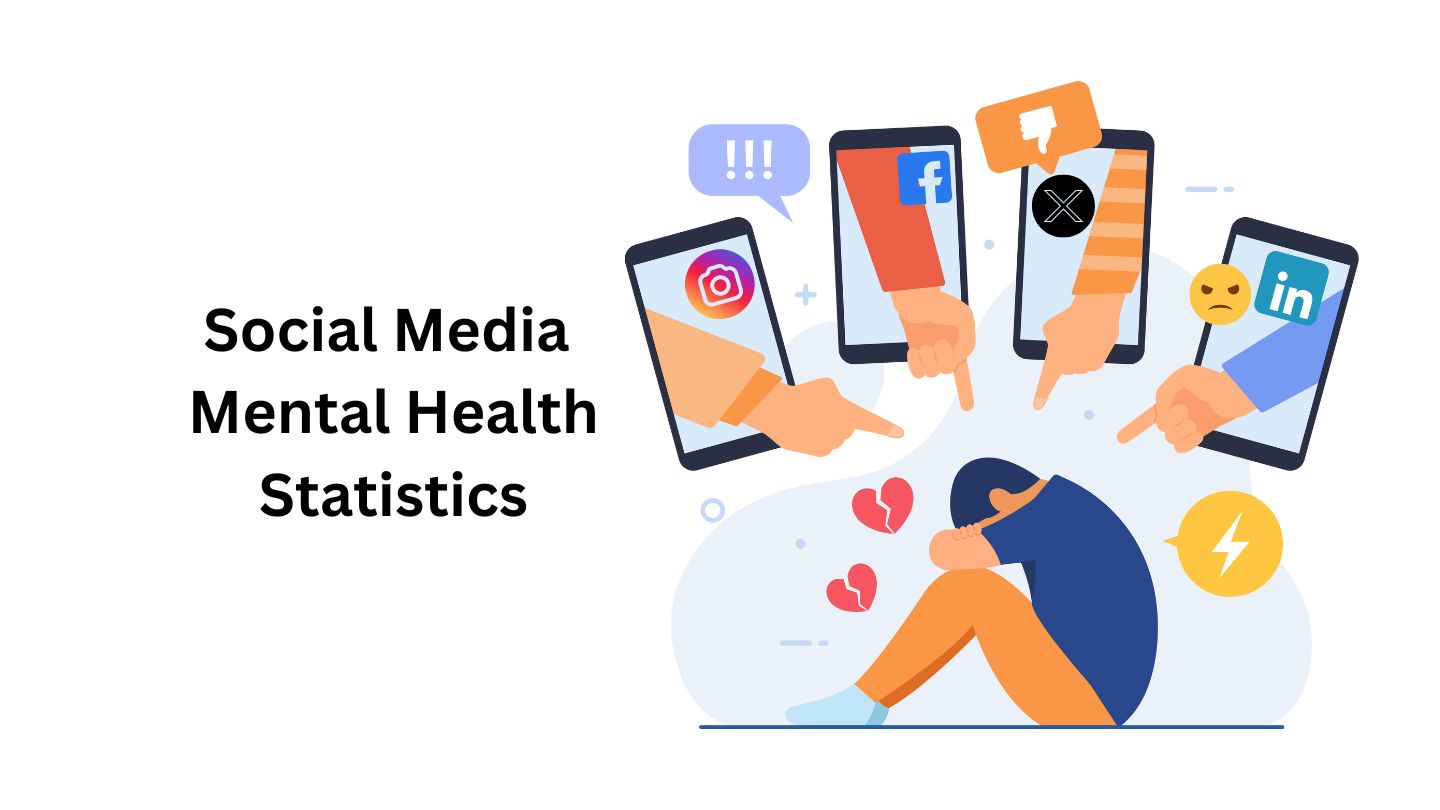

Updated · Nov 17, 2025
The Health and Fitness category offers a comprehensive exploration of data-driven insights into wellness trends, consumer behaviors, and the evolving landscape of personal health technology. It encompasses statistical information that reflects the growing integration of digital tools, medical devices, and lifestyle choices aimed at improving overall well-being. Covering a broad range of topics, this category presents data in the form of charts, graphs, and tables, allowing readers to visualize patterns, track growth, and compare performance across different health segments. By combining quantitative evidence with qualitative analysis, it serves as a reliable reference for understanding the dynamics of the global health and fitness ecosystem.
A significant focus within this category is on wearable technology statistics, including data from leading fitness tracker brands such as Fitbit. These devices have transformed how individuals monitor physical activity, heart rate, sleep patterns, and calorie expenditure. Statistics in this section highlight user adoption rates, demographic preferences, and the correlation between wearable usage and improved health outcomes. This information not only captures market penetration but also reveals how real-time health monitoring has encouraged a more active and data-conscious lifestyle.
The category also covers health-conscious consumer statistics, reflecting the increasing prioritization of wellness in everyday decision-making. Data in this area analyzes consumer spending patterns on fitness memberships, organic foods, wellness products, and preventive healthcare. Trends reveal a strong inclination toward holistic well-being, with measurable growth in plant-based diets, mindfulness practices, and personalized health solutions. Insights here help identify which demographics are driving this shift and how their choices are reshaping the wellness industry.
In addition, fitness application statistics, such as those for MyFitnessPal, illustrate the role of mobile platforms in nutrition tracking, workout planning, and lifestyle management. Detailed data demonstrates app download trends, active user numbers, retention rates, and the measurable impact of app engagement on achieving fitness goals. These statistics provide clarity on the digital fitness market’s evolution and its influence on consumer health behavior.
The medical device segment is represented through topics like hearing aids and dental equipment statistics. Data in this segment examines advancements in assistive hearing technology, adoption rates among different age groups, and market accessibility improvements. For dental equipment, the statistics highlight trends in oral health awareness, technological innovations in diagnostics and treatment, and global demand patterns across private clinics and public healthcare systems.
Collectively, the Health and Fitness category delivers an evidence-based perspective on how technology, consumer preferences, and medical innovations are intersecting to redefine modern wellness. By presenting clear and structured statistical data, it enables professionals, researchers, and enthusiasts to gain actionable insights into market growth areas, technological adoption, and shifting health priorities. The integration of visual analytics ensures that complex data is accessible, comparable, and aligned with the needs of a diverse audience, making it an indispensable resource for those invested in the future of health and fitness.


Updated · Nov 17, 2025
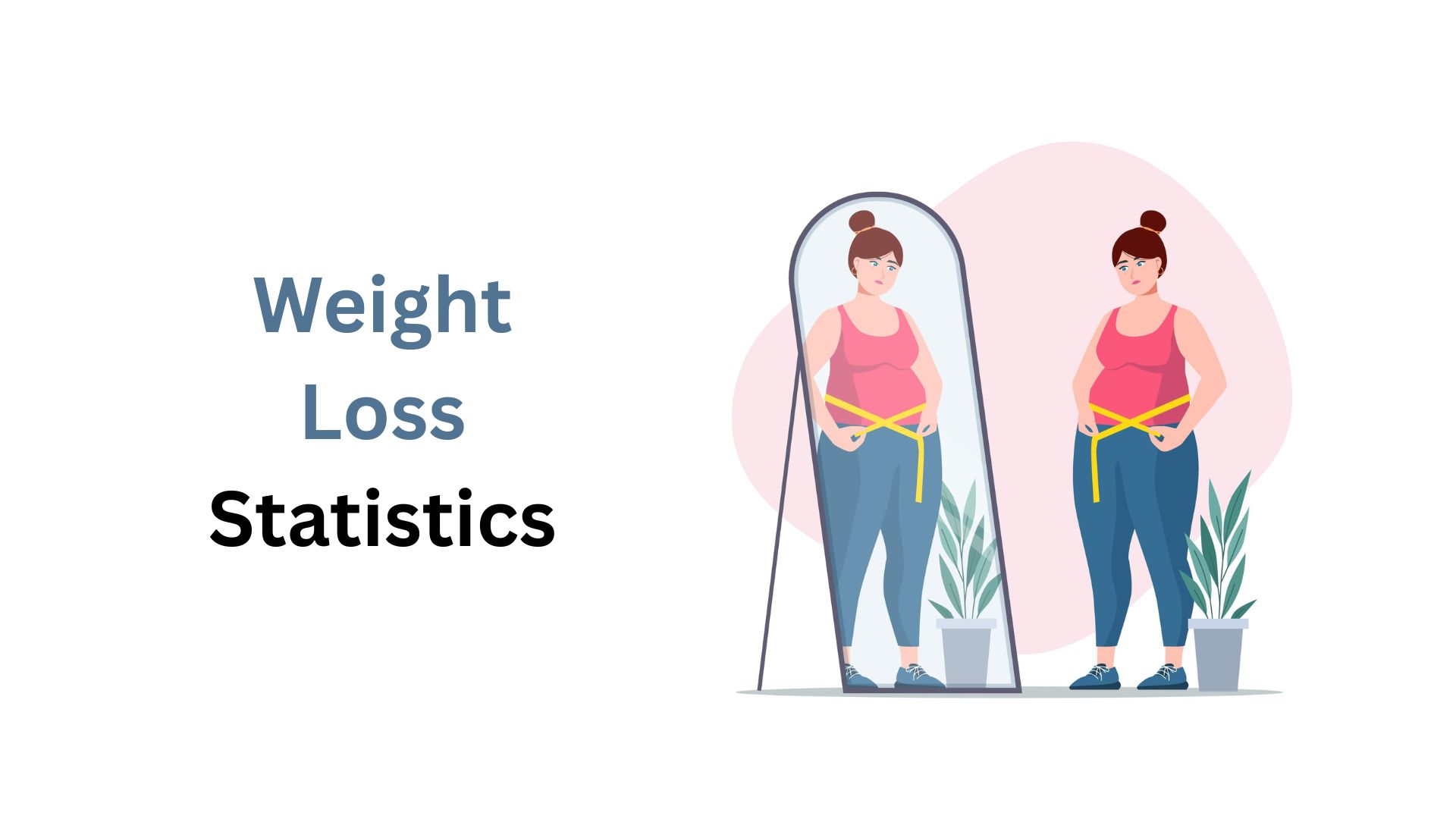

Updated · Oct 20, 2025


Updated · Sep 24, 2025
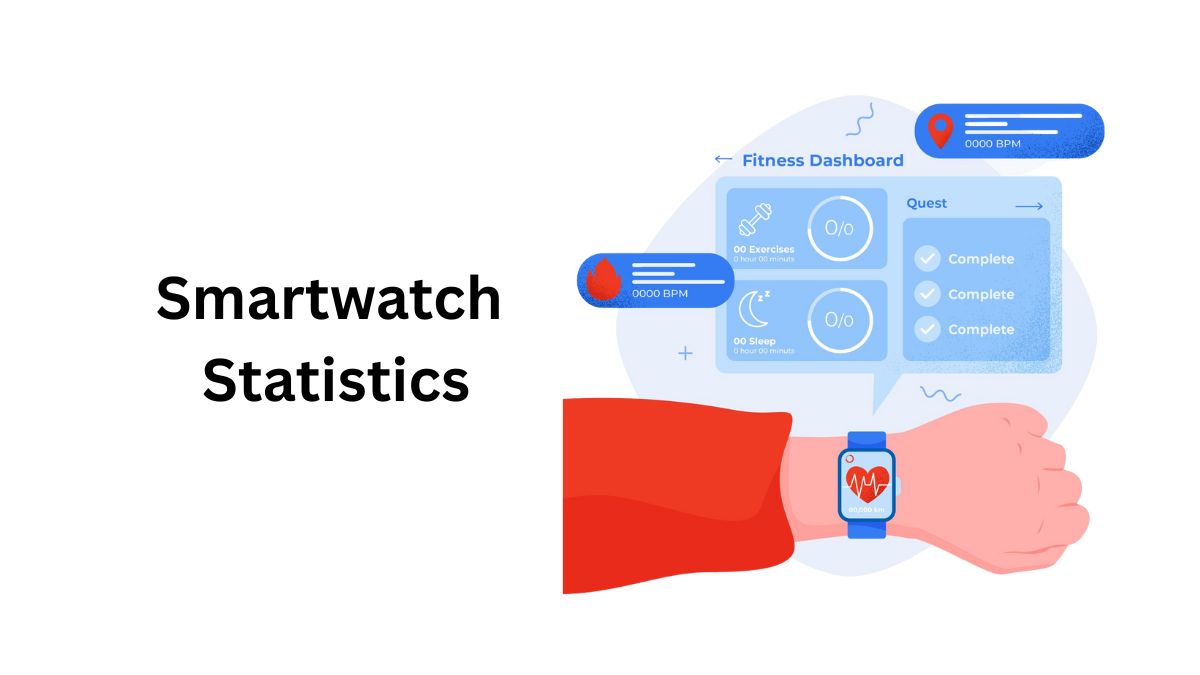

Updated · Nov 20, 2025
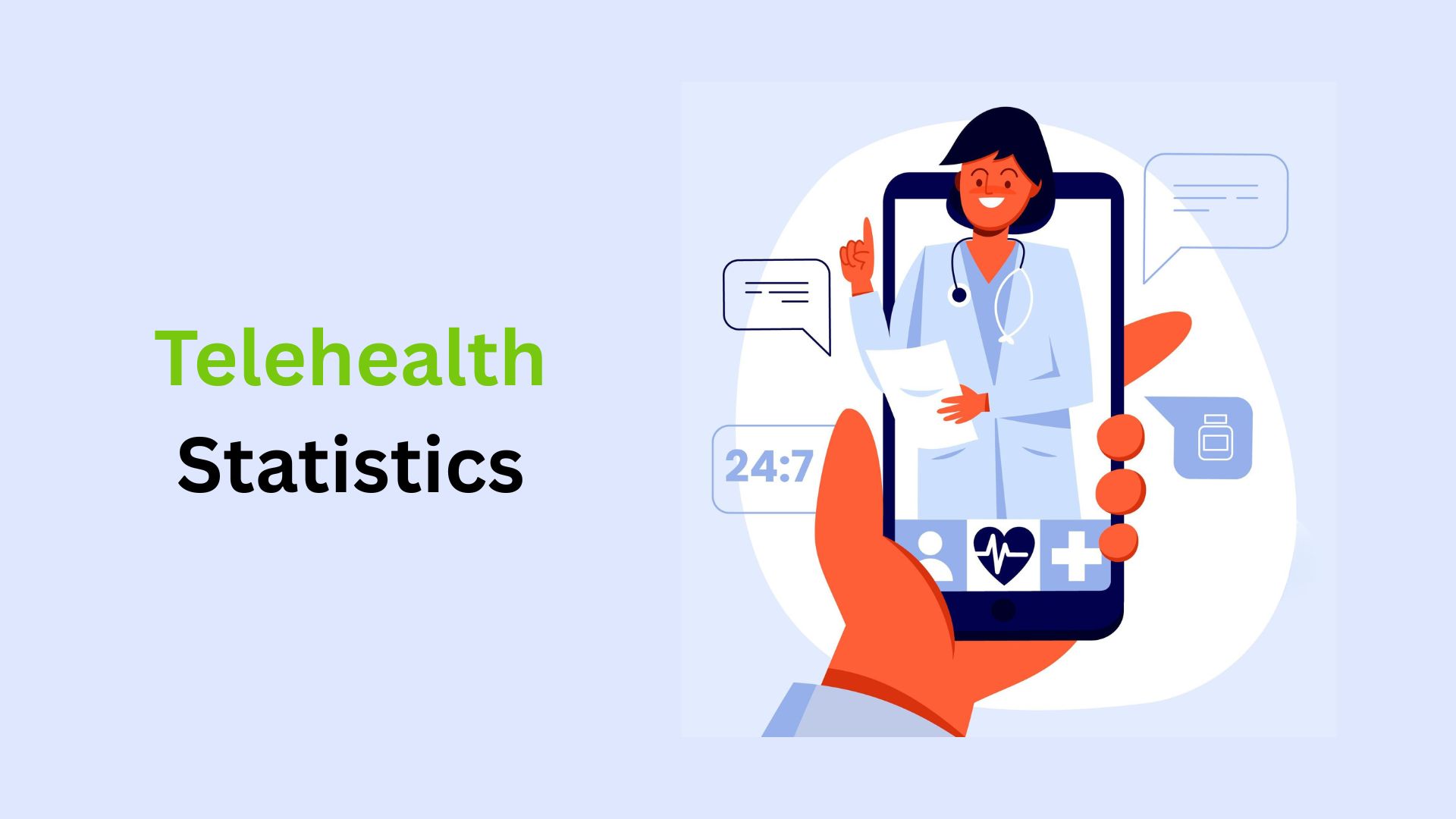

Updated · Oct 16, 2025


Updated · Sep 25, 2025
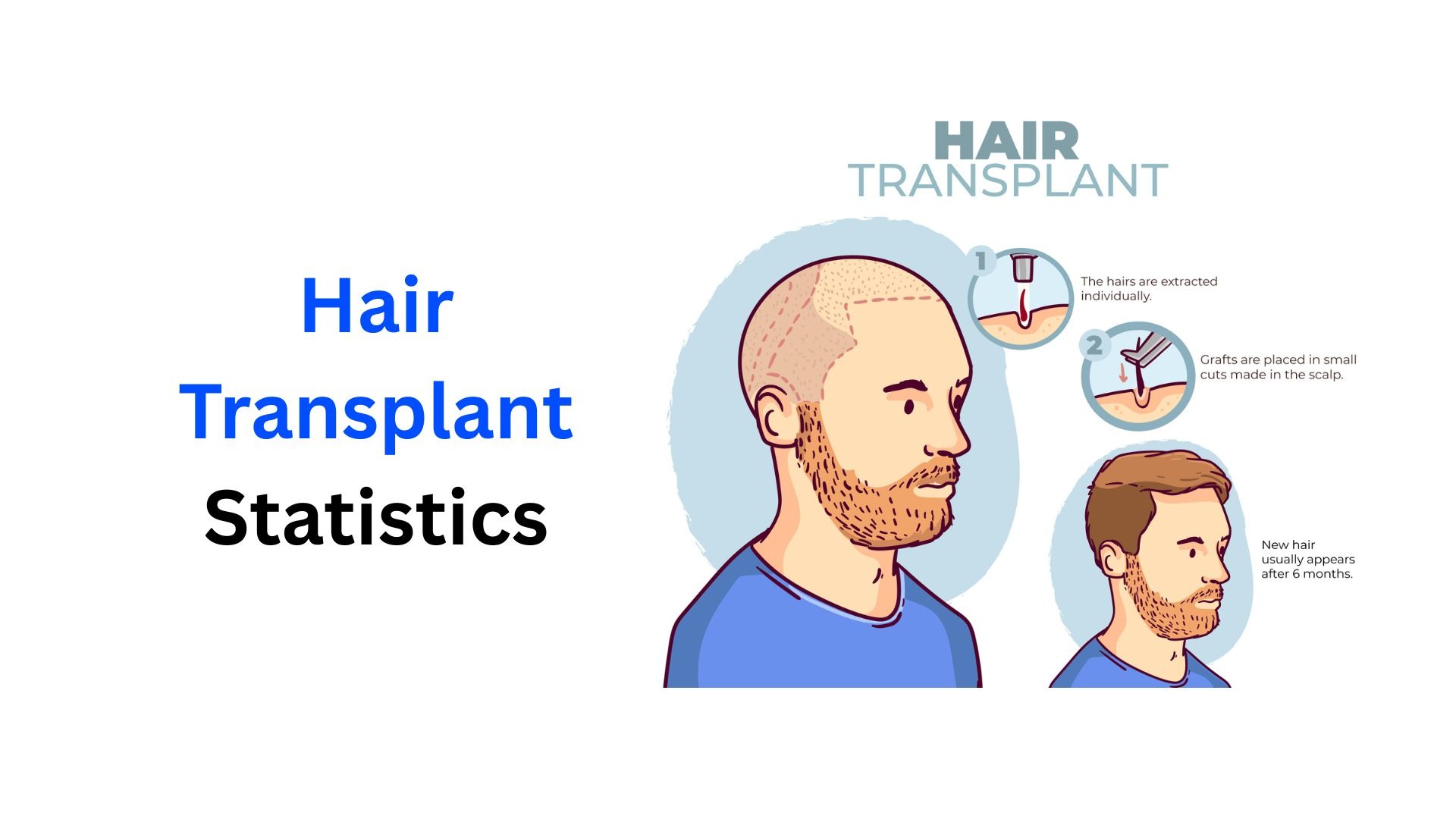

Updated · Oct 03, 2025


Updated · Sep 12, 2025


Updated · Sep 15, 2025